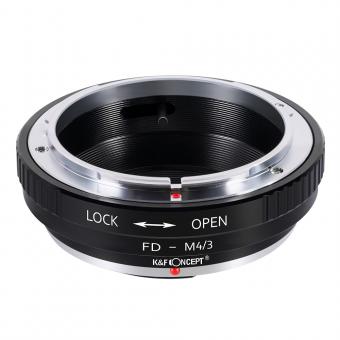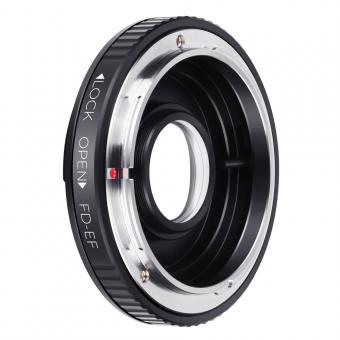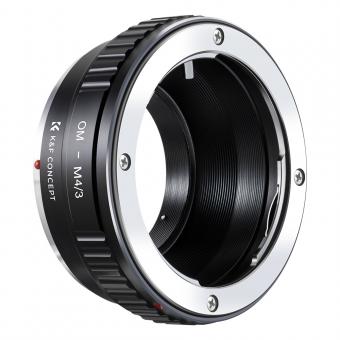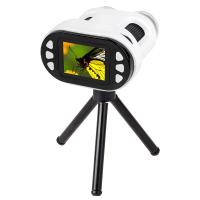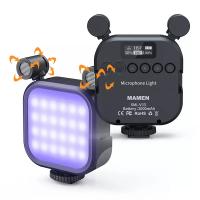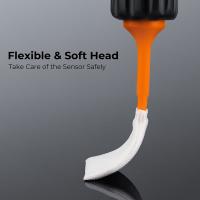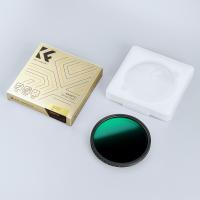What Are Rural Surveillance Cameras Used For ?
Rural surveillance cameras are used for monitoring and recording activities in remote or sparsely populated areas. These cameras are typically installed in locations such as farms, ranches, and other rural properties to deter theft, vandalism, and other criminal activities. They can also be used to monitor livestock, crops, and other assets, as well as to keep an eye on the property when the owners are away. In addition, rural surveillance cameras can be used for wildlife observation and research, as well as for monitoring environmental conditions such as weather patterns and natural disasters. Overall, rural surveillance cameras provide an important tool for enhancing security and safety in rural areas, as well as for gathering valuable data and insights about the natural world.
1、 Crime prevention
Rural surveillance cameras are used for crime prevention in rural areas. These cameras are strategically placed in areas where criminal activities are likely to occur, such as in parking lots, near ATMs, and in public spaces. The cameras are designed to capture high-quality images and videos that can be used as evidence in court.
The use of rural surveillance cameras has become increasingly popular in recent years due to the rise in crime rates in rural areas. These cameras have been proven to be effective in deterring criminal activities and identifying suspects. They also provide a sense of security for residents and visitors in rural areas.
In addition to crime prevention, rural surveillance cameras are also used for other purposes such as monitoring wildlife, tracking weather patterns, and monitoring traffic. These cameras can provide valuable information for researchers and scientists who are studying the environment and wildlife in rural areas.
However, the use of rural surveillance cameras has also raised concerns about privacy and civil liberties. Some people argue that the use of these cameras is an invasion of privacy and that they can be used to monitor innocent individuals. As a result, there have been calls for regulations and guidelines to be put in place to ensure that the use of these cameras is ethical and legal.
Overall, rural surveillance cameras are an important tool for crime prevention in rural areas. While there are concerns about privacy and civil liberties, the benefits of these cameras cannot be ignored. As technology continues to advance, it is likely that the use of rural surveillance cameras will become even more widespread in the future.
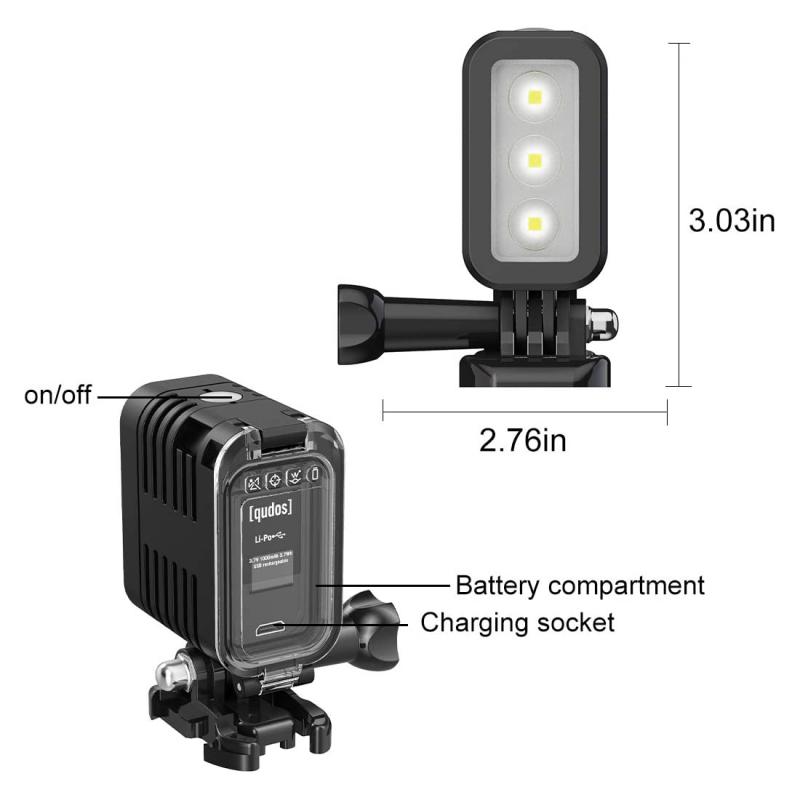
2、 Traffic monitoring
Rural surveillance cameras are used for a variety of purposes, but one of the most common is traffic monitoring. These cameras are typically installed along highways, roads, and other transportation routes in rural areas to help monitor traffic flow, identify accidents or other incidents, and provide real-time information to drivers and transportation officials.
In recent years, there has been a growing interest in using rural surveillance cameras for other purposes as well, such as monitoring wildlife populations, detecting and preventing crime, and even tracking weather patterns. Some experts believe that these cameras could play an important role in helping to address a range of environmental and public safety issues in rural areas.
However, there are also concerns about the potential privacy implications of using surveillance cameras in rural areas. Some people worry that these cameras could be used to monitor individuals without their knowledge or consent, or that they could be used to collect sensitive information about people's activities and movements.
Overall, the use of rural surveillance cameras is a complex issue that requires careful consideration of both the benefits and risks involved. While these cameras can be a valuable tool for monitoring traffic and addressing other public safety concerns, it is important to ensure that they are used in a way that respects people's privacy and civil liberties.
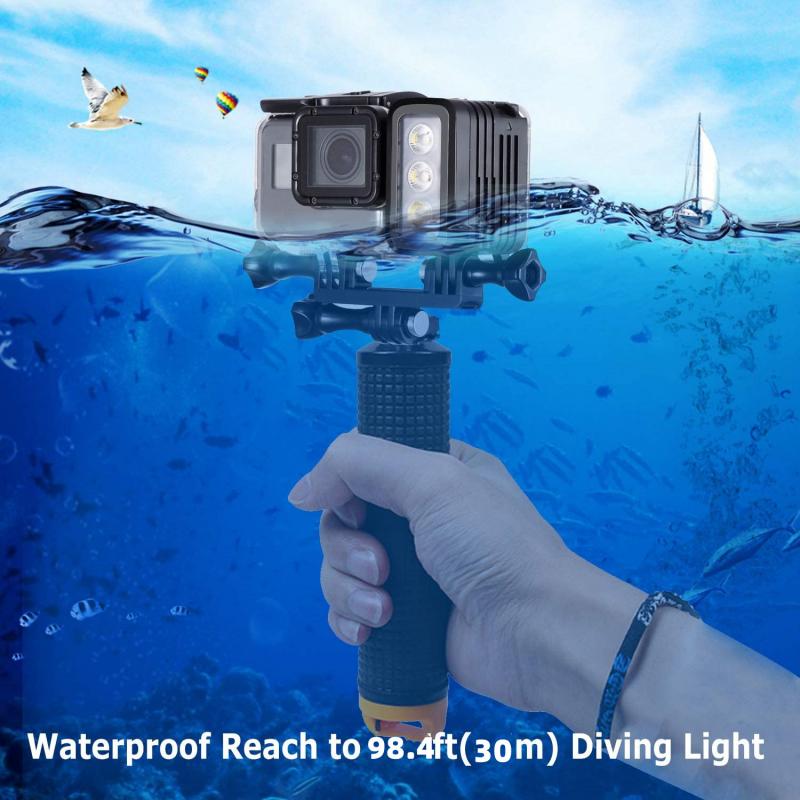
3、 Wildlife observation
Rural surveillance cameras are used for a variety of purposes, but one of the most common is wildlife observation. These cameras are often placed in remote areas where wildlife is known to frequent, such as forests, fields, and wetlands. They can capture images and video of animals in their natural habitats, providing valuable information for researchers and conservationists.
In recent years, there has been a growing interest in using rural surveillance cameras for citizen science projects. These projects involve members of the public in collecting data on wildlife populations and behavior. By placing cameras in strategic locations and encouraging people to submit their observations, researchers can gather large amounts of data that would be difficult or impossible to collect on their own.
Another emerging use for rural surveillance cameras is in monitoring the impacts of climate change on wildlife. As temperatures rise and habitats shift, many species are struggling to adapt. By using cameras to track changes in animal behavior and distribution, researchers can better understand the effects of climate change and develop strategies to mitigate its impacts.
Overall, rural surveillance cameras are a valuable tool for studying and protecting wildlife. Whether used for scientific research, citizen science, or conservation efforts, these cameras provide a unique window into the natural world and help us better understand and appreciate the creatures that share our planet.
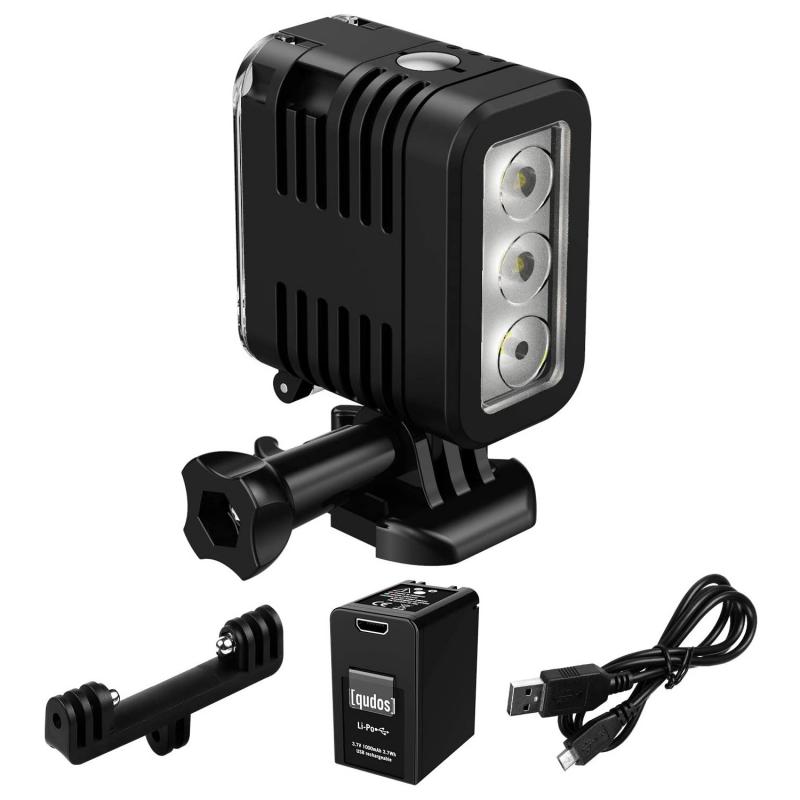
4、 Agricultural monitoring
Rural surveillance cameras are used for a variety of purposes, but one of the most important is agricultural monitoring. These cameras are used to keep an eye on crops, livestock, and other agricultural assets, helping farmers and ranchers to identify potential problems and take action before they become serious.
One of the latest trends in agricultural monitoring is the use of drones equipped with cameras. These drones can fly over fields and pastures, capturing high-resolution images and video that can be used to identify issues like crop damage, pest infestations, and water stress. Drones can also be used to monitor livestock, helping farmers to keep track of their animals and identify any health issues that may arise.
Another important use of rural surveillance cameras is for security purposes. Farms and ranches are often located in remote areas, making them vulnerable to theft and vandalism. Surveillance cameras can be used to monitor access points, deter would-be thieves, and provide evidence in the event of a crime.
Overall, rural surveillance cameras are an important tool for farmers and ranchers, helping them to monitor their assets and protect their livelihoods. With the latest advances in technology, these cameras are becoming even more effective, providing farmers with the information they need to make informed decisions and stay ahead of potential problems.








